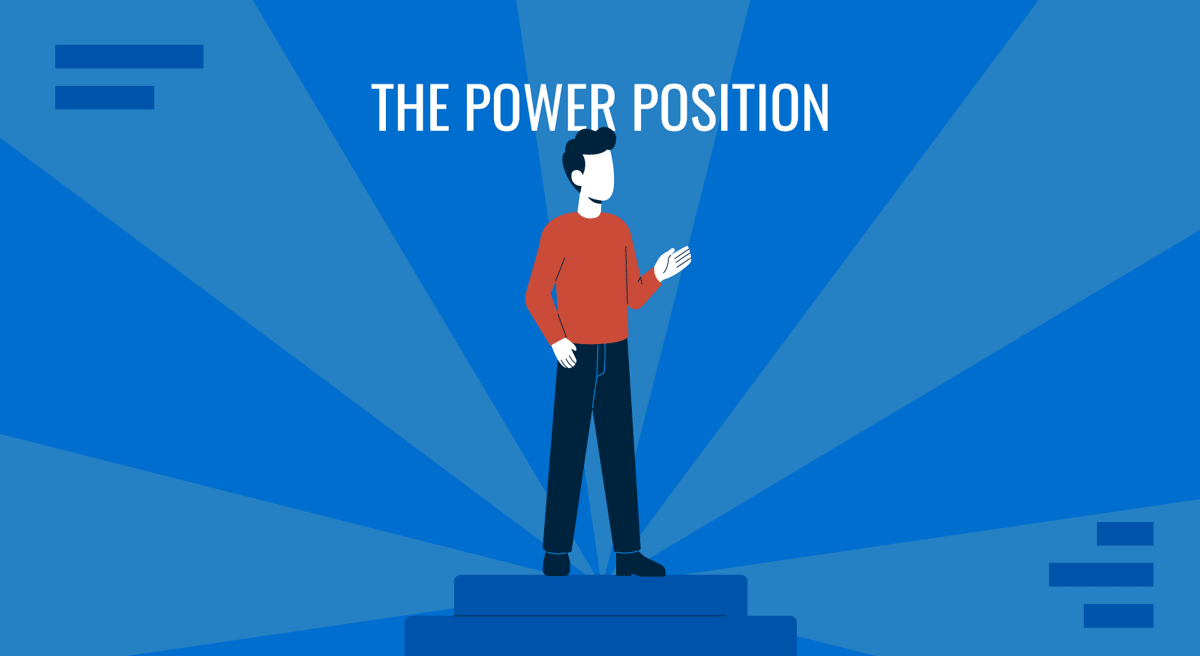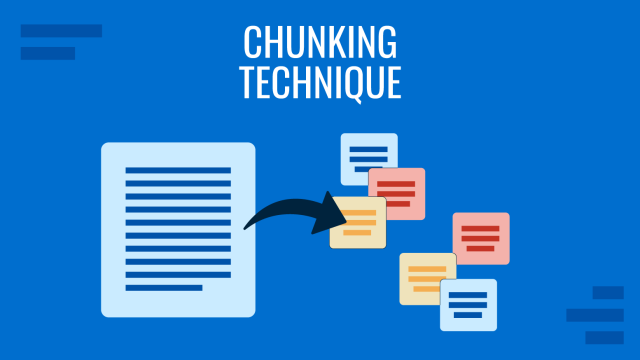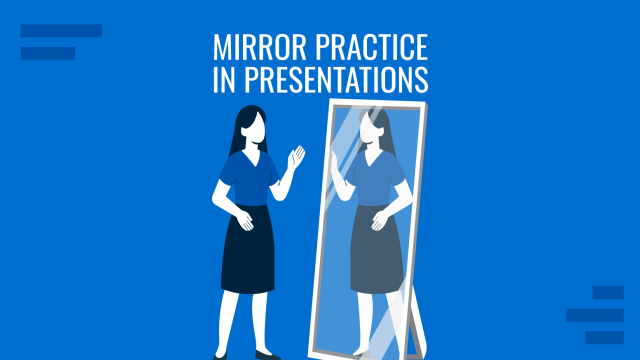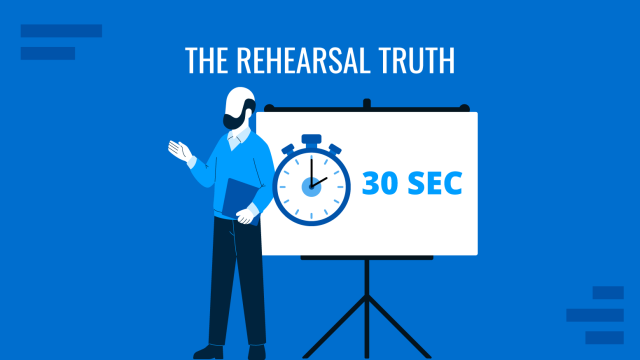
Public speaking is often judged by what you say, but how you stand matters just as much. The Power Position is a deliberate stance: feet shoulder-width apart, hands relaxed at your sides, and posture tall but natural. The purpose is simple: it anchors you physically and projects calm authority. Far from being just “good posture,” it’s an intentional body language technique that signals control, stability, and presence.
Standing this way does not indicate stiffness or artificial formality. Instead, it demonstrates confidence. A presenter who can hold steady in this position, without fidgeting or folding into themselves, shows that they trust their own presence on stage. Just as a strong opening statement sets the tone, so does the body that delivers it.
Why the Power Position Builds Authority
When you present, your audience reads your body language as much as they listen to your words. Nervous gestures, such as crossed arms, shuffling feet, or hands clasped tightly, signal insecurity. In contrast, a grounded, open stance communicates self-assurance.
Psychological research supports this effect. Amy Cuddy’s well-known work on “power poses” demonstrated that expansive postures increase not only how others perceive you, but also how you feel about yourself. Standing tall reduces cortisol (the stress hormone) and boosts testosterone, which is linked to assertiveness. In practice, this means you appear calm even if your nerves are buzzing.
For the audience, the visual impression is immediate. They don’t analyze the science behind your stance; they simply see a speaker who appears credible and in control. That perception shapes how they hear everything that follows.
How the Power Position Feels to the Presenter
The first challenge is resisting the urge to “hide” behind folded arms, pockets, or nervous movements. At first, standing with your hands by your sides may feel exposed. Without props or gestures to fill the space, presenters often feel vulnerable.
Yet to the audience, it looks steady. What feels like exposure to you translates as openness to them. Once you experience the effect, seeing faces that are attentive and leaning in rather than distracted, you realize the position is not a weakness. It is presence.
When to Use the Power Position
The stance can serve as your default posture throughout a presentation, but it is especially effective at critical moments:
- During your introduction: Start strong by planting yourself in the Power Position as you greet the audience.
- When delivering key points: Hold steady to emphasize authority.
- Before transitions: Resetting into the stance signals a shift without needing extra words.
Think of the Power Position as a visual punctuation mark. Just as a pause underscores a sentence, a strong stance underscores an idea.
Final Words
The Power Position is not complicated, but it demands awareness. With feet grounded and hands relaxed, you project calm strength even when your pulse is racing. Your stance becomes a silent message, telling the audience: I am here, I am ready, and I am confident.
As it integrates into your presentation style, the Power Position stops feeling like a technique and starts becoming second nature. It reflects not just confidence in your message, but confidence in yourself.


